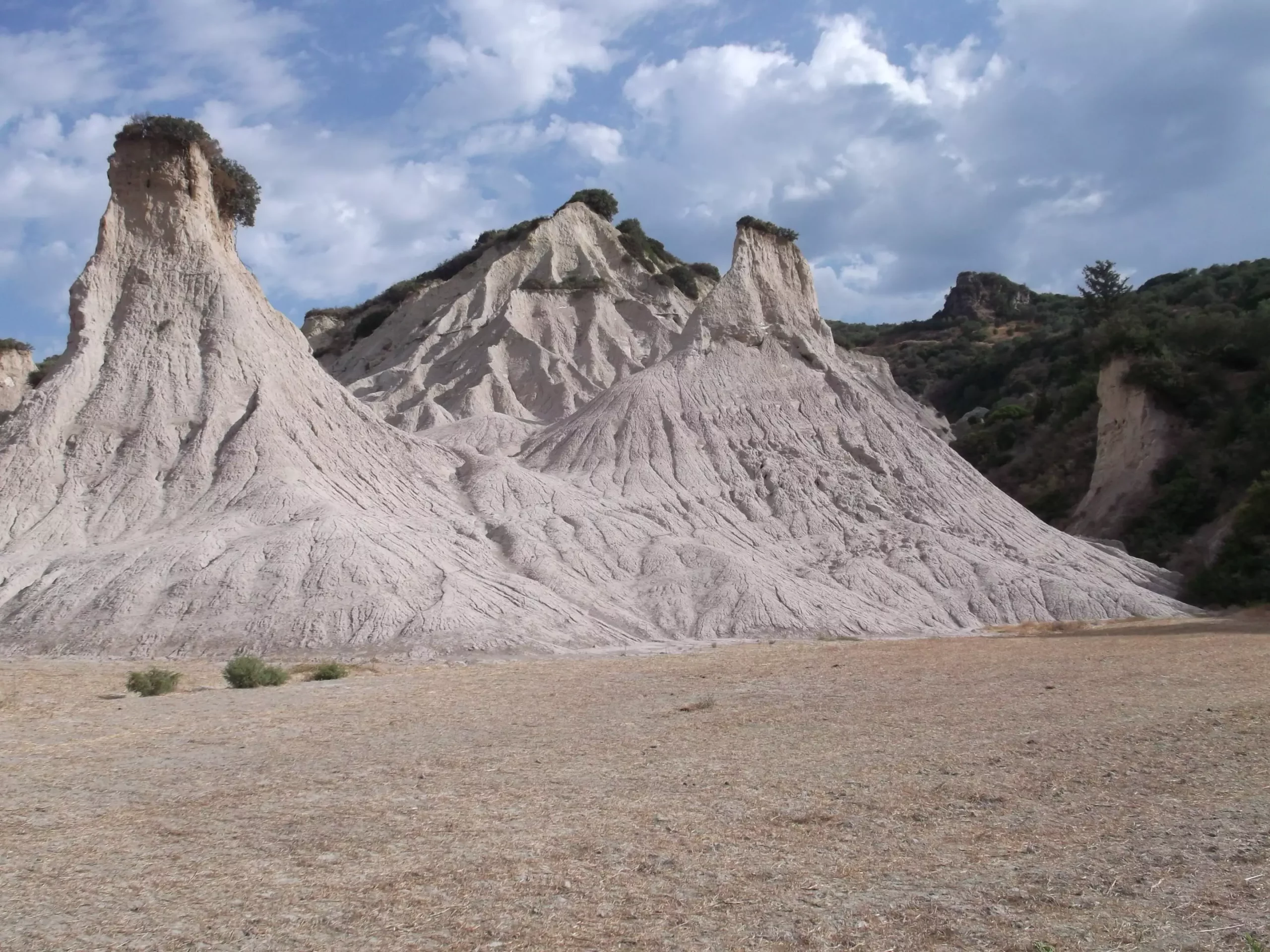A groundbreaking study led by Konstantina Agiadi at the University of Vienna shines a light on one of the most significant ecological catastrophes in history: the Messinian Salinity Crisis, which struck the Mediterranean Sea approximately 5.5 million years ago. The crisis altered marine ecosystems significantly, evidenced by a staggering 89% loss of endemic species—a catastrophic reduction that has far-reaching implications for our understanding of biodiversity and ecological resilience. With only 86 out of 779 endemic species managing to survive this upheaval, the findings beg the question: what mechanisms allowed a mere fraction of life to withstand such drastic environmental changes?
The phenomenon of salinization was not merely an isolated incident; it was part of a larger geological narrative involving the periodic isolation of regional seas due to tectonic movements. This had previously resulted in extensive salt deposits across various continents, a testament to Earth’s dynamic geological history. The Mediterranean salt giant, an extensive layer of salt discovered in the 1970s, serves as a critical representation of this history, forming as a consequence of disconnection from the Atlantic during the Messinian era. This substantial salt layer not only emphasizes the geographic history of the Mediterranean but also poses vital questions about the present state of marine biodiversity and ecological integrity in the region.
The multinational team of researchers, encompassing 29 scientists across Europe, utilized exhaustive fossil records and deep-sea sediment analyses to reconstruct the biodiversity landscape pre and post-crisis. Their work identifies that, after the salinity catastrophe, nearly 67% of marine species present in the Mediterranean were entirely different from their predecessors. Such insights starkly illustrate the concept of ecological turnover—a phenomenon where drastic environmental shifts prompt significant changes in species composition within an ecosystem.
Furthermore, this investigation into the Mediterranean’s past reveals the intricate connections between salinity levels, temperature fluctuations, and the overall health of marine populations. Notably, tumultuous changes in migration patterns and disruptions to key reproductive cycles for marine organisms occurred, further accelerating the loss of biodiversity. Tropical reef-building corals, once abundant in the region, were dramatically reduced as a result of these climatic shifts.
Following the reconnection to the Atlantic Ocean, there was an influx of new marine species such as the Great White shark and oceanic dolphins. This influx contributed to what is now a distinct pattern of biodiversity where species richness diminishes from the western to the eastern Mediterranean, a pattern observable today. The research indicates that marine biodiversity recovery had a staggering timescale, extending over 1.7 million years—a somber reminder of the legacies of ecological disasters and the slow process of biome regeneration.
The findings from this pivotal study not only broaden our understanding of the consequences of ancient ecological crises but also serve as a cautionary tale for contemporary biodiversity loss. With the current rates of species extinction and ecological degradation being alarmingly steep, the experiences of the Mediterranean during the Messinian Salinity Crisis provide crucial lessons on resilience and recovery that could inform conservation efforts today.
Dr. Daniel García-Castellanos, a senior author of the study, emphasizes the wealth of new questions that arise from these findings. The sheer scale of the ecological changes during the salinization period encourages future academics to explore survival mechanisms for the endangered species and how past large-scale salt formations have historically influenced ecosystems. Moreover, the emergence of new research networks like “SaltAges” indicates a broader commitment to understanding the multifaceted impacts of geological phenomena on social, biological, and climatic levels.
By breaking new ground in studying these ancient ecological crises, researchers not only delve into past biodiversity challenges but also generate frameworks applicable to understanding current and future climatic and ecological challenges. The lessons learned in the aftermath of the Messinian Salinity Crisis are as relevant today as ever—calling for a conscientious effort to preserve the delicate balance of marine ecosystems in a rapidly changing world.


Leave a Reply